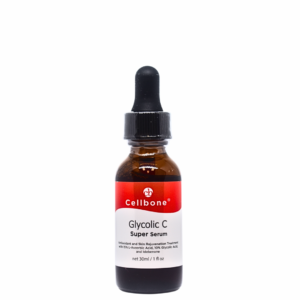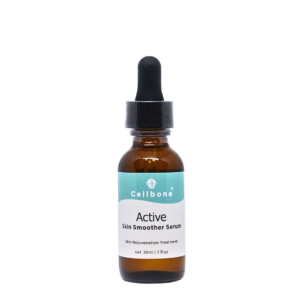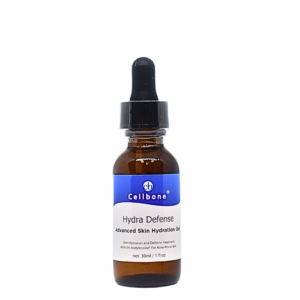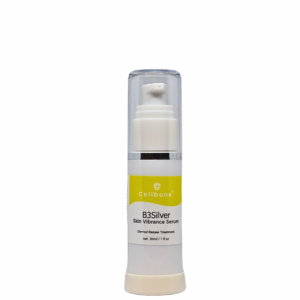THE ULTIMATE GUIDE TO
Acne and General Scarring
Signs of Acne
The first kind of acne scars involve temporary red and brown marks left after the acne clears up. The other involves permanent textural changes and indentations that may occur all over the body. The two types of identified marks left behind by acne are true scarring and post-inflammatory hyperpigmentation. True acne scarring can appear as shallow to medium depressed scars with well-defined edges, commonly found on the cheeks and temples. True acne scars can also be narrow and extend into the skin’s deeper layers. Acne scarring on the face appears as depressed areas of various sizes while scarring on the back and chest takes form as lumpy, raised bumps either pink or neutral in colour.
General scarring can take many forms but by definition is a mark or blemish after a wound has completely healed.
What Causes Acne?
When trauma of any degree occurs to the exterior of the skin, a natural inflammatory process occurs in the body. Platelets rush to the injured area to assist clotting and slow bleeding, followed closely by white blood cells that arrive to fight infection. Once the threat of infection is removed, the body beings healing the area, filling the wound by producing more collagen. The skin-building protein collagen assists the traumatised area to grow new capillaries and collagen require fill the skin unevenly, resulting in a bumpy surface..
Severe acne sufferers can form large pus-filled spots know as acne cysts. These cysts irreparably destroy the surrounding skin tissue. While the skin eventually heals, a void is left where the cyst was.
Common causes of acne and general scarring include:
- Collagen layers forming quickly
- Deep wounds
- Acne cysts

How To Care For Acne
Some acne scarring, especially red scars on the cheeks and forehead can heal themselves within 6 to 12 months if cared for correctly. General scars tend to fade in the first two years after forming with small scars disappearing completely and large scars changing shape and decreasing in size and colour. Any scar should be protected from the sun as it has suffered trauma and is more susceptible to sun damage.
To minimise the effects of acne and general scarring we recommend:
- Applying a triple antibiotic ointment or using a wound cream recommended by a physician
- Never picking at the wounds or scab and never picking at pimples
- Keeping the wound dry and clean while it's healing (ensuring the are is covered when bathing and patted dry afterwards)
- Keeping the wound moist once the scab falls off and is no longer seeping, changing the bandage whenever it becomes dirty
- Using retinol-based oil twice a week (in the evening)
- Using an exfoliant containing alpha-hydroxy acids (they help to renew and brighten the skin, diminish scarring and even out skin tone)
- Using an SPF 30 plus sunscreen, everyday and keeping the scar out of the sun whenever possible
- Using anti-scarring creams (only once the wound has healed)
- Try not to touch your face
Recommended Products For Acne and General Scarring
The Ultimate Guides Series
Become one of our Stockists

Here's What Our Costumers Say








